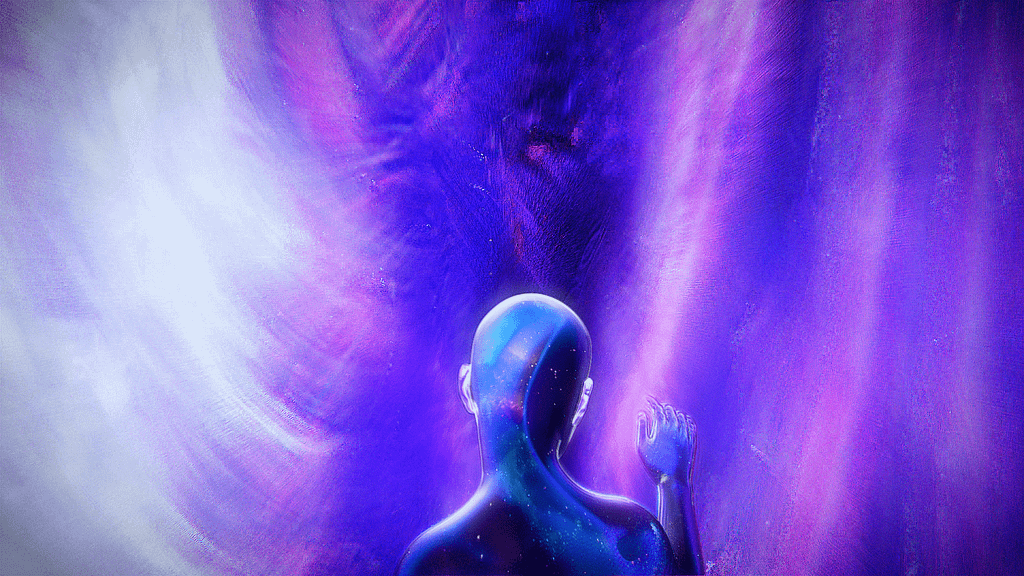
The video gaming industry is a fascinating space in technology. It has always been propelled by an artistic approach to creating fun experiences that are more often than not bootstrapped together by creatives trying to birth something into this world. Looking at the variety of games one can access now, it’s easy to see the progress we have made just in terms of pure graphical standpoint. The first video game that ever came about was a tennis game, similar to pong that ran not on a computer but an oscilloscope. It is the retro equivalent of running doom on a Texas instrument calculator, and although the visuals were not anything — the immersive experience was too hard to deny. Cut to the present and you can see companies pouring their entire valuations to put humans into those experiences. From social media companies to tech legacies to telecomm monoliths — everyone wants a piece of the metaverse pie. As designers, whether we like it or not, that seems to be the next frontier for us to conquer.
The concept of the metaverse is not new at all, in 1992 American novelist Neal Stephenson published a sci-fi fantasy called Snow Crash. The premise of an anti-hero living in a dystopian cyberpunk world where the socio-economic conditions depend on technology does not sound new now but was a revelation when it came out. If you are thinking it sounds like Ready Player One, you are absolutely correct, in fact, Neal Stephenson first coined the term “metaverse”. After 3 decades, humanity has finally reached a position where living inside a virtual world sounds more real than fake, which begs the question — can we actually design experiences that can replace reality?
Designing platforms to create sensational experiences
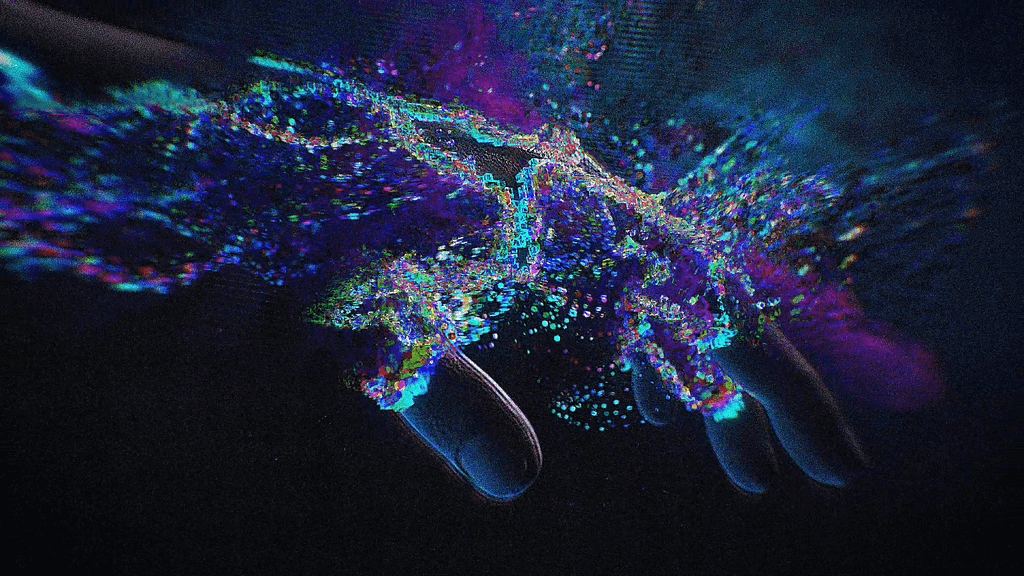
Chris Do wears a cap that says “God is a designer.” The point of that is God has this playground called Earth where they have placed rules, conditions and objects for life to interact with. That is probably the role a designer in the metaverse would play — not really designing each and every object per se — but creating a complicated system of interactions for people to live in. For designers knowing the “playground” is crucial as this is the canvas that they craft experiences out on.
Whenever the metaverse is mentioned in pop culture, it always has a variable degree of technological implementation — from simple VR glasses to full-body suits, to human pods and brain chips. The complexity of each of these “platforms” increases significantly not only in its implementation but also in its operations. There are different tools that when united can orchestrate an environment where digital experiences can come alive. As designers, our job is to understand their functioning and use that in order to create a platform that can serve as a digital playground.
AR/VR
Stepping into a virtual world will require a portal to that world. Traditional media is limited to screen size, a finite canvas. For designers to stitch together a seamless world would require them to get rid of their thinking boxes. At first, it might look like the surrounding nature and infinite nature of VR will lower the constraints and make it easier to design, but on closer inspection, we can see how lack of constraints can make it tougher to craft good experiences. Designers will have to deal with randomness and edge cases at a scale that was not present before. Physical constraints of space and time will also play a role in how the experiences are designed.
Game design
There is a reason why virtual experiences are paralleled to game experiences. Games provide the perfect models that mimic reality. From 3D assets to how levels are designed — games have already simulated the metaverse. Look at any role-playing games like the early Pokemon games to something more modern like Cyberpunk — they all recreate real-world objects digitally. Understanding these aspects of game design is the key to creating and populating the digital world.
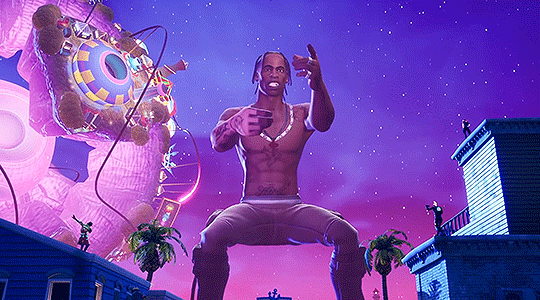
Sound design
Good sound design does not only elevate an experience but can also imply feedback and intended directions. Humans live in a noisy world and have deep associations with it. For example, when you close a door, the “thud” itself is good enough to know the door has closed. Such intricacies will have to be baked into the metaverse in order to create the same richness that we get in real life.
Haptics and wearables
In conjunction with sound, the emergence of consumer-grade wearable devices has been a game changer. From gesture-recognising gloves to haptic vests, companies are trying to emulate every possible interaction digitally. This space is always buzzing with new toys like an omnidirectional treadmill or even a microphone that allows you to scream as loud as you want without disturbing others.
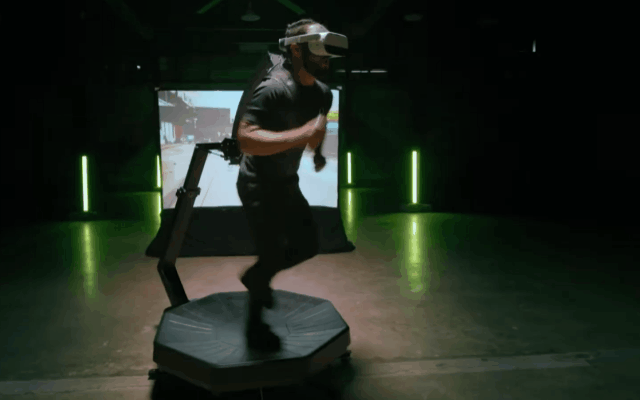
Privacy, persistence and interoperability
We have seen all the infinity stones required to conjure up the metaverse, but the stones alone are not useful without a gauntlet. To build out these platforms companies will have to work together and form alliances. There are three main objectives that need to be fulfilled in order for the metaverse to be operationally smooth and safe — privacy, persistence and interoperability. For designers, these are massive constraints to take care of while constructing a platform.
The secret sauce
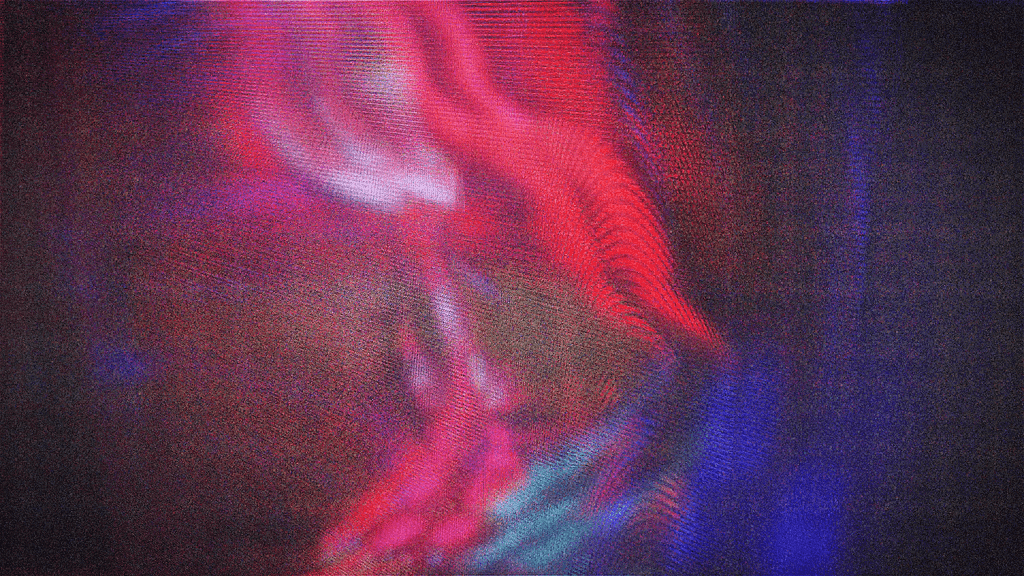
There is no doubt that a majority of the world’s population will be living in hybrid realities in the coming decades (maybe less) and all of this innovation is fueled and marketed as the next “obvious” step in immersive experiences, although it is all quite misleading. True immersion does not rely on how far tech has come.
Great experiences do benefit from the technology at hand but they feel great because of the craftmanship and intent behind those experiences. Humans can perceive a lot more than just the raw data that is fed to them by their senses. It is the processing of that raw data that create deep emotional responses. Designers should hone in on this aspect more than anything else. Products made with a lack of care are obvious to the end consumer and when you are creating another world, no matter how many 3D objects you fill it with — the emptiness of craft will echo.
Can, or rather, should we replace the real world?

Our tendency with technology has always been that of doing first and thinking next. Although the effects of something cannot be predicted, the way we construct and shape that thing itself can help us control the effects. In the past couple of decades, we saw how social media came about as the next big thing and steamrolled into everyone’s life. It is after a few years we have realised the small and big consequences of this steamrolling. Designing for Web 3 feels more of the same.
It is not really the problem of technology but rather the disconnect between what is marketed and what the actual version of the product is. Designing with these technological tools is already improving lives and will continue to do so in fields such as medicine. There may also be alternate use cases like in prisons or in rehab centers. Anything designed with the intention of solving problems will benefit from these tools, but designing things for just great experiences will ultimately feel hollow.
Most films, books and tv shows that do showcase a virtual reality are also set in a dystopian future. There is a strong link in our minds between the two. Of course, just because pop culture mandates a dystopian setting for the metaverse to exist — doesn’t mean it will, however, a quote from the show Severance encapsulates the feeling really well for the coming times –
“…there is good news and bad news about hell. The good news is, hell is just the product of a morbid human imagination. The bad news is, whatever humans can imagine, they can usually create.”
The Canvs Editorial team comprises of Editorial Writer and Researcher — Sidhant Tibrewal, the Editor’s Desk- Aalhad Joshi, and Content Operations- Abin Rajan
Follow Canvs on Instagram and LinkedIn. Don’t forget to follow us here on Medium as well for more design-related content.
We also have a weekly newsletter — Design & Tech Weekly, which goes out every Wednesday with all the latest updates from the week in design, tech, space, business and all things interesting. Subscribe to it here.
Will designers be able to replace the real world? was originally published in UX Collective on Medium, where people are continuing the conversation by highlighting and responding to this story.
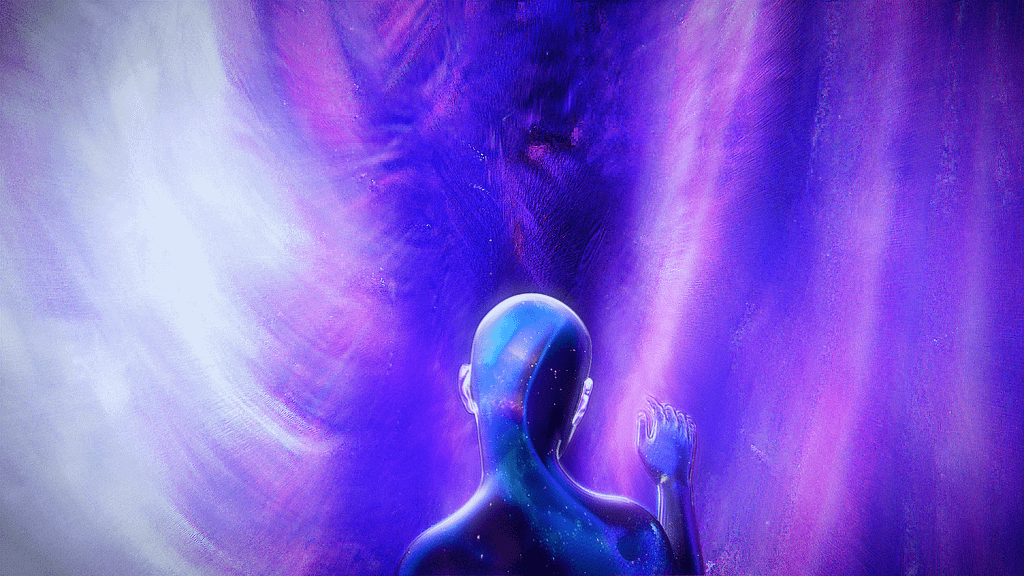
Leave a Reply